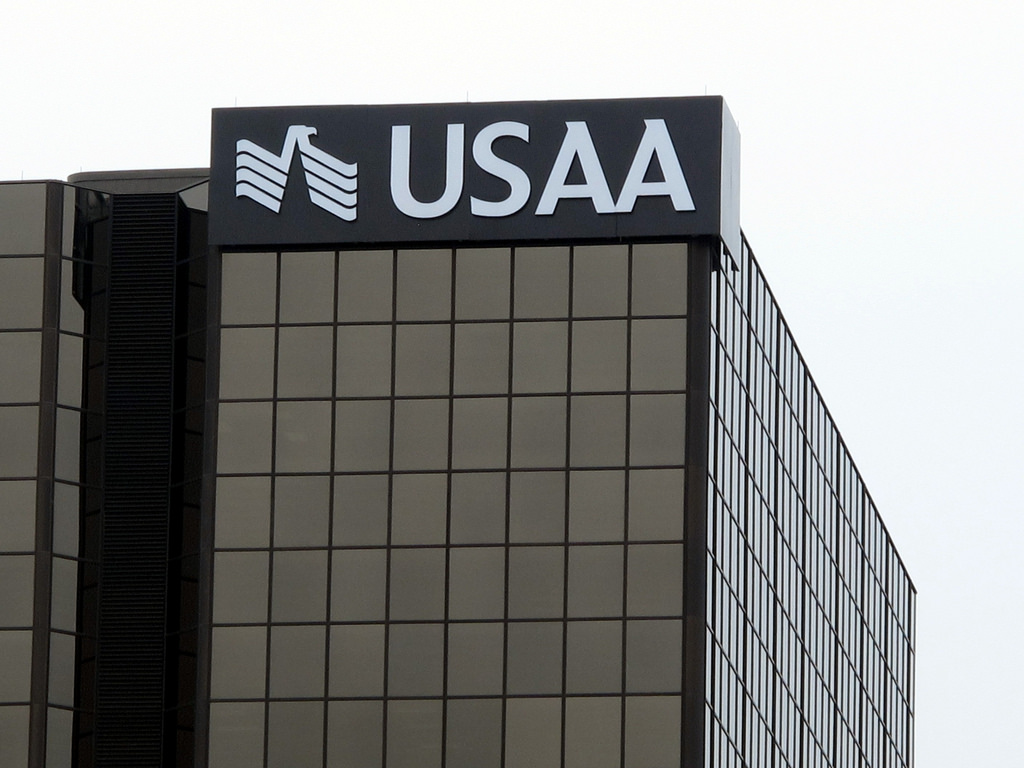Uncategorized
Why USAA Bank is investing in check technology
- Checks have been handed a death sentence by a number of industry experts.
- So why is USAA Bank continuing to develop its electronic check deposit technology?








